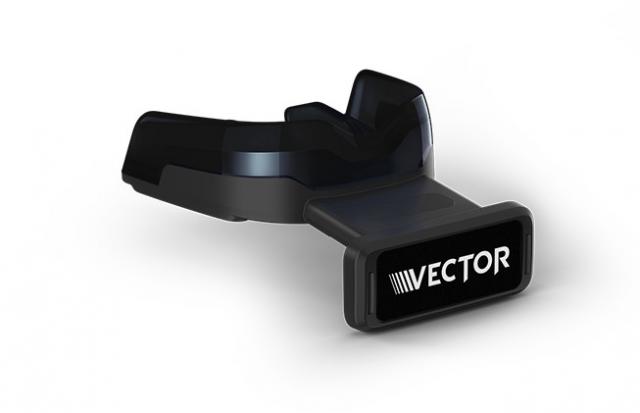Another benefit of using impact sensors, says Richard M. Greenwald of the Thayer School of Engineering at Dartmouth College and Co-Founder and President of Simbex, the maker of the HITS sensor system widely used by concussion and biomechanical researchers, is that they not only "facilitate the early recognition and management of brain injury in helmeted sports but permit early intervention, potentially in advance of an injury, rather than simply as a management tool postinjury, by identifying high magnitude impacts which may cause concussions, and athletes sustaining high number and/or high magnitude head impacts who may be more prone to concussions."
Sensors have also shown value as a teaching and behavior-modification tool for athletes in order to reduce the total amount of brain trauma athletes suffered in contact and collision sports such as football from repeated subconcussive blows. If a player is observed repeatedly sustaining higher magnitude impacts, especially to the crown of his head - which studies suggest are most worrisome from a brain trauma standpoint - coaches can work with the athlete on adjusting his technique. As one youth football coach recently told a newspaper in Washington State, "Concussion prevention starts with teaching. These products will help our coaches know when a kid has a problem. It is a safety measure and a teaching tool."
Using impact sensors as a teaching tool has already been happening in high school football. After Purdue researchers found in a landmark 2010 study that high school football linemen who sustained a high number of high-impact, sub-concussive hits over the course of a season suffered impairment of their visual memory, impairment which persisted beyond the season. In an interview with PBS's Frontline, Tom Talavage, the lead author of the Purdue study, estimated that least 50 percent of the high impact hits high school football linemen and linebackers were sustaining were due to poor technique. The information led at least one player to change his blocking technique, leading to a drastic reduction in the number of blows sustained to the top front of his head and a moderate reduction in the total number of helmet hits. After the second season, Talavage reported that the player's "neurocognitive testing never detected any deficits, and from a [brain] imaging perspective we saw substantially less change in [abnormal brain] activity. "
Bumpy Road
No less a concussion expert than Dr. Julian Bailes, the longtime Medical Director of Pop Warner who played a prominent role in the battle between the National Football League and Dr. Bennet Omalu over CTE featured in the 2015 movie, Concussion, and Jeanne Marie Laskas' book by the same name, has predicted that "the era of dumb helmets, in which coaches and trainers have no clue how many impacts that brain inside that helmet has sustained, is quickly coming to an end."
But while more teams in contact and collision sports, at all levels of sports, are using impact sensors (the Arena Football League, for instance, has mandated use of impact sensors in players' helmets since the 2014 season), widespread acceptance and use have proven elusive, for a number of reasons.
Price: As is often the case with new technology-based products, the impact sensors currently on the market are still relatively expensive, ranging in price from around $99 for impact sensors which clip to a headband or helmet to $289 for Athlete Intelligence's highly sophisticated and accurate Vector mouthguard (which compiles data on the direction, frequency, and force of hits). The hope is that, over time, the per unit price will drop enough to make sensors more practical and affordable.

In the meantime, manufacturers, in order to build market share and get their products into the hands of more programs, have been providing discounts to programs on large orders. A recent article in the Tri-City Herald, for instance, reported that a Washington State youth football program, the Kennewick Grid Kids Association, was able to purchase 340 Cue helmet sensors from Athlete Intelligence for $72 per sensor.
Indeed, an increasing number of football programs, plagued by declining participation rates, believe sensors are worth the expense, regardless of the cost. "We can't bury our head in the sand anymore," noted Jeff Boyus, Kennewick's president in an August 2018 article in the Tri-City Herald. "How can you look a parent in the eye and tell them their kid isn't worth $80? ...There is an expense, but it's not as expensive as the jerseys they wear on Friday night."








